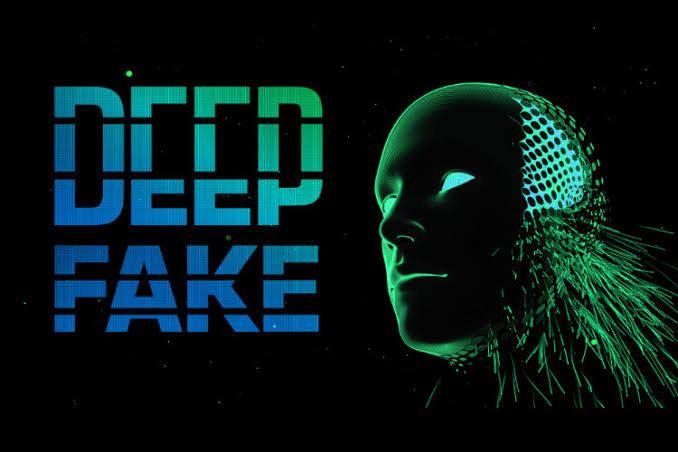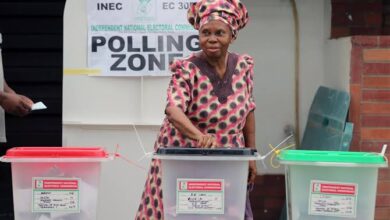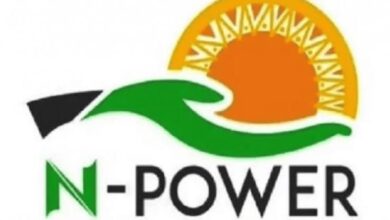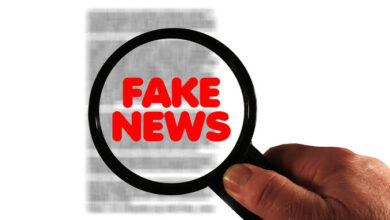
- Knowledge is power
- The Future Of Possible
- Hibs and Ross County fans on final
- Tip of the day: That man again
- Hibs and Ross County fans on final
- Spieth in danger of missing cut
By Afeez Rabiu
In the area of misinformation and rapid technological progress, the ability to discern truth from falsehood is now a crucial aptitude. FactCheck Africa here explores the complexities surrounding deepfake videos and AI-generated audio. This report contains personal encounters from the frontline of our election observation in Nigeria.
Beyond the intricate technicalities, we endeavor to infuse the perspective of some of our seasoned researchers and analysts, shedding light on the challenges encountered within the hallowed halls of our organization’s situation rooms during the past elections.
Amid the chaos of an election season, our organization’s situation rooms emerged as the crucible where truth battled deceit. The human element, often overlooked in the discourse surrounding technology, became a central force in our efforts to decipher the authenticity of content. Within the confines of our organization’s situation rooms, a diverse team of fact-checkers and analysts engaged in a relentless pursuit of truth.
In the face of AI-generated audio attempting to distort the words of political figures, we found ourselves not just as a fact-check platform but as a guardian of truth, cognizant of the real-world implications of our assessments.
The challenges faced in our organization’s situation rooms were not merely about algorithms and detection tools but about the human resilience needed to navigate the murky waters of misinformation.
The Proliferation of Deepfakes
The prevalence of deep fakes, such as simulated videos of political figures uttering controversial statements, raises significant concerns about the authenticity of online content.
The blurred lines between reality and manipulation demand a vigilant approach from both journalists and the general public.
At the heart of the matter is the term ‘deep fake,’ referring to AI-generated videos or audio mimicking the appearance and voice of public figures. While the term has been in circulation for years, its scope continues to expand, encompassing AI-generated still images and videos.
Techniques Behind Deepfakes
Face-swaps: Instantly projecting one person’s face onto another.
Lip-syncs: Adjusting the mouth movement in a genuine video to sync with altered audio.
Puppet master: Utilizing AI to animate the entire head.
The simplicity with which these techniques can be employed, often demanding minimal effort and technical expertise, heightens the risk of encountering convincing deep fakes.
We will shed light on the three primary methods of creating deep fake videos: face-swaps, lip-syncs, and puppet master techniques. Apps like ElevenLabs and DeepFaceLab make these processes accessible, enabling individuals to manipulate visual and auditory content with ease.
Spotting Deepfake Videos
Face Shape and Ears: Comparing the face outline and specific features like ears against authentic images.
Finding the Original Footage: Employing reverse image searches and keyword-based searches to trace the source of the video.
Scrutinizing Expressions and Mannerisms: Identifying behavioral nuances and unique mannerisms that may be absent in deep fakes.
Eye Alignment: Detecting issues with the alignment of eyes, particularly in still frames.
Visual Glitches: Observing for anomalies, especially when the subject turns or partially covers their face.
Audio Clues
Content Analysis: Evaluating the consistency and accuracy of the spoken content.
Voice Characteristics: Identifying unnatural pitch, speed, or robotic sounds in the audio.
Background Noise: Monitoring for changes or inconsistencies in background sounds during the speech.
Challenges in Deep Fake Identification
As AI technology evolves, the traditional methods of detecting deep fakes may become less reliable. Continuous vigilance, critical thinking, and staying informed are emphasized as essential tools in combating misinformation.
Caution with Tools
While various tools claim to identify AI-generated content, Factcheck Africa suggests caution, considering the limitations of such tools. Expert opinions, reasoned analysis, and comprehensive testing are deemed necessary for accurate assessments.
Beyond Politics: The Dark Side of Deepfakes
FactcheckAfrica during her journey in the past years of operation uncovered the broader impact of deep fakes, extending beyond political manipulation to encompass financial scams, misinformation targeting individuals, and the alarming trend of non-consensual deep fake pornography.
Navigating the intricate web of deepfakes requires a multifaceted approach that combines technological scrutiny with human discernment. By understanding the methods employed in crafting deep fakes and adopting vigilant practices, individuals can contribute to a safer and more informed digital landscape.
As we continue to adapt to the evolving nature of deep fakes, the need for media literacy and critical thinking remains paramount.





Hi, this is a comment.
To get started with moderating, editing, and deleting comments, please visit the Comments screen in the dashboard.